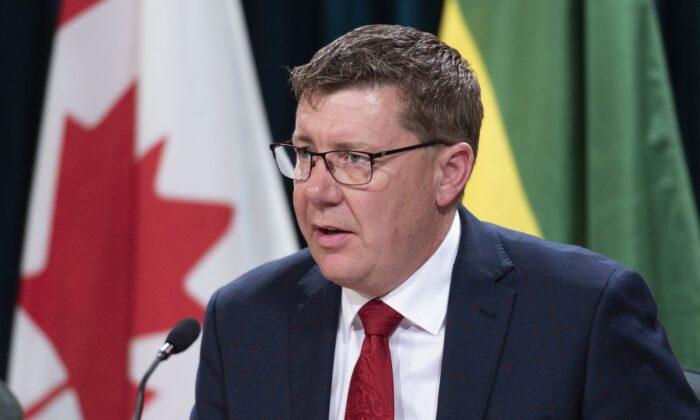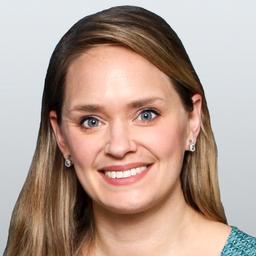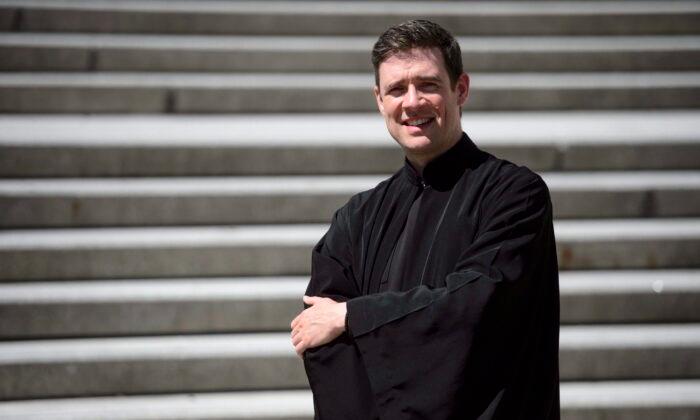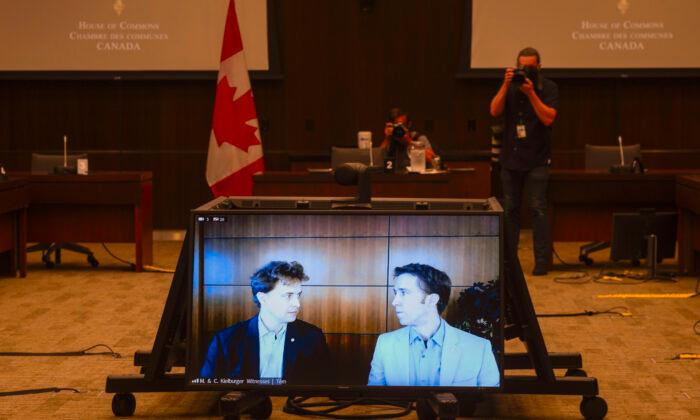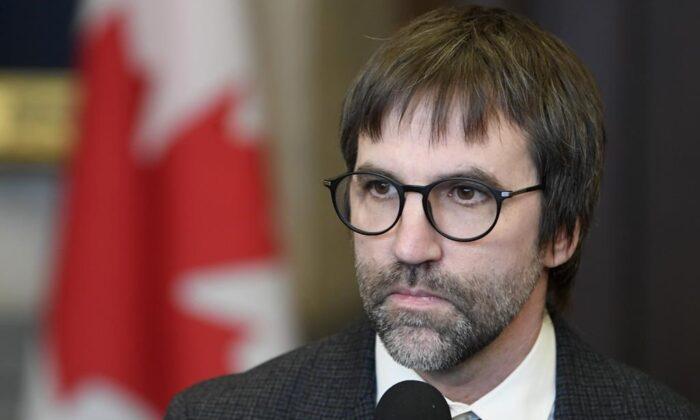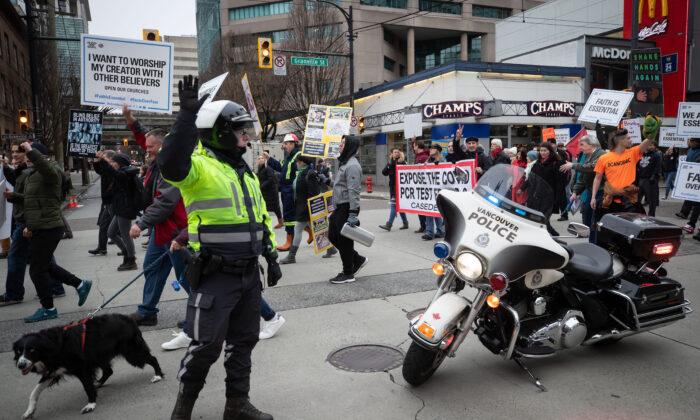“We have to find the middle ground that continues to keep our case numbers low, and keep Saskatchewan people safe, while at the same time allowing for businesses to reopen,” he said at a press conference on April 23, accompanied by Chief Medical Health Officer Dr. Saqib Shahab.
Saskatchewan is the first province in Canada to unveil a plan to reopen its economy, and includes specific dates for lifting restrictions put in place to contain the spread of COVID-19.
The first phase of the five-phase plan will begin May 4, and see the reopening of medical services such as dentistry, optometry, and physical therapy. Medical practitioners will still be required to take precautionary measures, however, such as wearing protective equipment at work.
Access to low-risk outdoor recreational activities such as fishing and boat launches will also be allowed starting May 4. Golfing with physical distancing guidelines will start May 15, and parks and campgrounds will open June 1, with some restrictions in place.
Phase two, beginning May 19, will see some retail stores opening to the public, such as clothing, footwear, and electronics, as well as personal services like hair salons, travel agencies and massage therapy.
“Over the next several weeks, restrictions will be gradually lifted by adding more types of businesses to the allowable businesses list, meaning that they can reopen if they so choose,” Moe said.
During phase two, other than allowable businesses, size restrictions of public and private gatherings will remain at a maximum of 10 people.
Saskatchewan has enjoyed relatively low numbers of COVID-19 infections compared to hard-hit provinces such as Ontario and Quebec. The province has seen just four deaths from the virus to date, with 326 confirmed cases and 261 recovered.
In the first two phases, much of the precautionary measures Canadians have been following for weeks will stay in effect, Moe said.
“All businesses and public venues will be required to continue following physical distancing and cleaning and disinfection practices to protect both employees and customers. Members of the public will be expected to follow physical distancing rules and to stay home if they are experiencing any COVID-19 symptoms.”
Dates for the remaining three phases—which includes restaurants and bars, childcare facilities, any remaining personal services, and indoor and outdoor recreational facilities—have not yet been determined and will depend on the outcome of phases one and two.
“We will carefully monitor transmission and other factors during each of those phases and we will adjust the plan if required,” said Moe. “We will keep a very close eye on the numbers.”
The plan does not contain any details on when K-12 schools will reopen.
All current restrictions will continue to stay in place for long-term care and personal care homes, which have been among the hardest hit by COVID-19 in Canada.
Moe said he’s kept other premiers informed about his plan, and said the other provinces are paying close attention.
“We’re all in different places when it comes to how COVID-19 has been dealt with and what the results have ultimately been,” he said. “We’re a very diverse nation coast-to-coast and that should surprise no one that we got into this at different stages and we’ll be coming out of it at different stages.”
